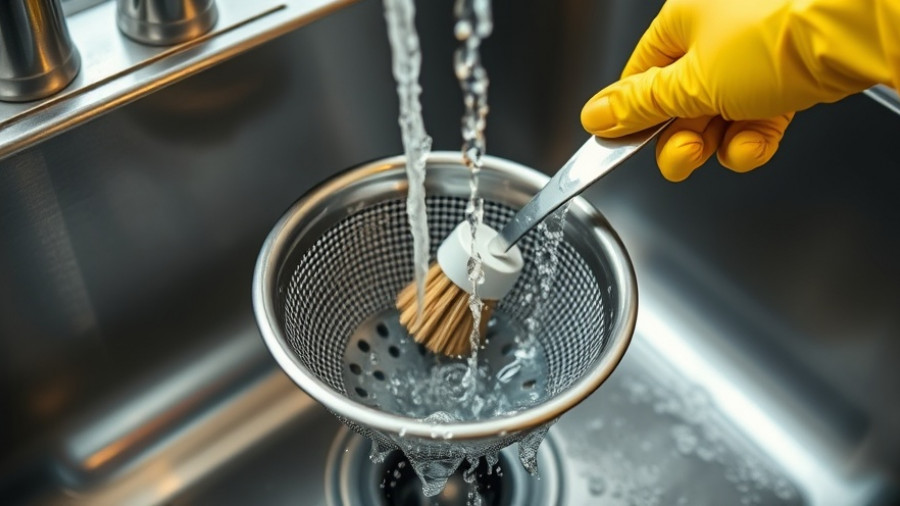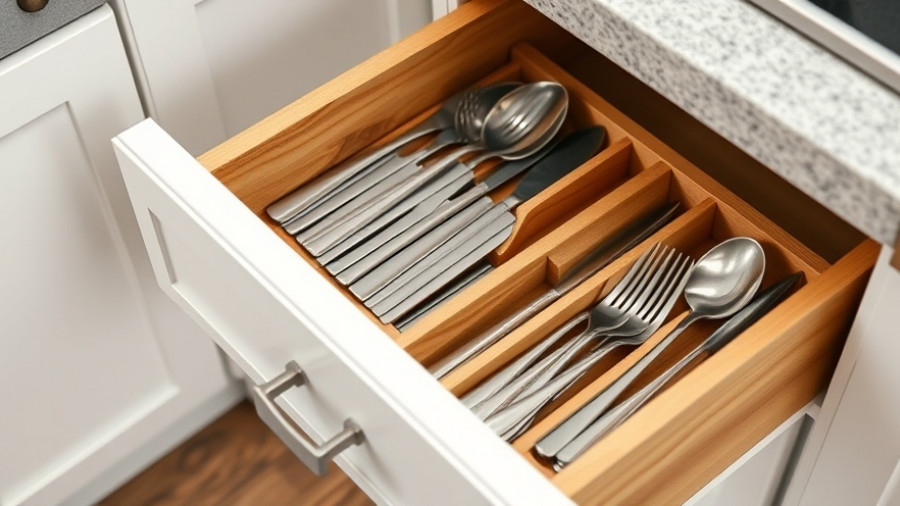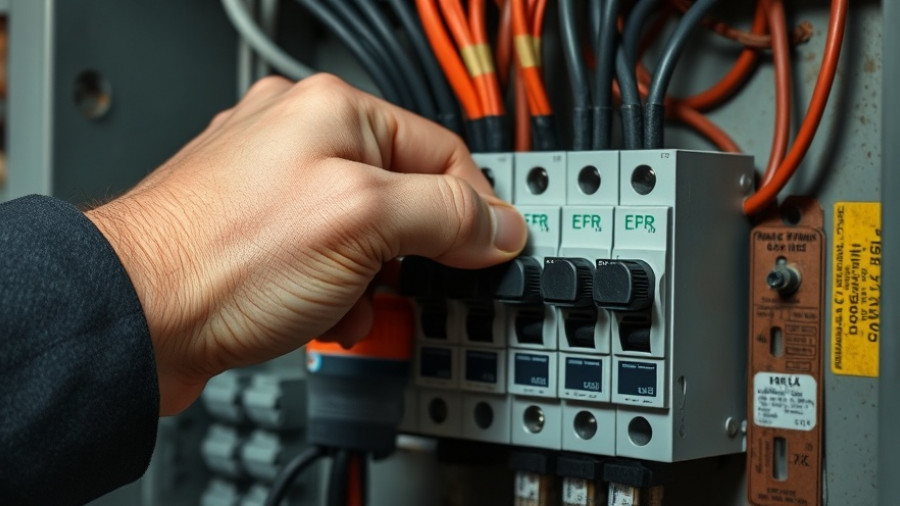
Understanding Hard Water and Its Implications for Your Home
Hard water is more common than you might think, as it typically occurs in regions where groundwater flows through limestone, chalk, or gypsum deposits. These minerals—primarily calcium and magnesium—are not just harmless inhabitants of your plumbing; they can cause unsightly stains and build-up on various surfaces within your home. Recognizing the presence of hard water is critical, as prolonged exposure can lead to excessive wear on your plumbing system and appliances. In this light, homeowners must be informed about effective stain removal techniques and prevention strategies.
How Hard Water Stains Form and Where to Look for Them
Hard water stains commonly appear on surfaces that frequently come into contact with water. This includes the bathroom, where you may see build-up around faucets, shower doors, and bathroom tiles. Similarly, your kitchen sink, countertops, and outdoor spaces like patios can display these annoying marks. Such stains occur when droplets of hard water evaporate, leaving behind the pesky mineral deposits over time.
Insufficient water filtration can exacerbate the problem, as untreated hard water flows freely into your home. By understanding exactly where these stains form, and the mechanisms behind them, you can take early action and avoid expensive repairs down the line. An essential step is conducting a home water test to measure its hardness and discern the necessary corrective actions.
Effective DIY Solutions for Removing Stains
When it comes to tackling hard water stains, a variety of household items can be incredibly effective, making DIY cleanup both accessible and environmentally friendly. One popular solution is the combination of baking soda and vinegar. This dynamic duo can work wonders when mixed properly; apply a paste of these ingredients to the stained areas, let it sit, then scrub gently with a soft cloth. The vinegar’s acidity breaks down the mineral deposits without harming most surfaces.
Additionally, simple applications of vinegar-soaked paper towels can prove helpful. Wrap a paper towel around faucets or shower heads and let it sit for an hour. This effective method is especially useful in expelling limescale buildup that can tarnish the look of your fixtures.
Long-term Strategies to Prevent Hard Water Stains
Prevention is better than cure when it comes to hard water stains. Regular maintenance is vital to keep surfaces clean and clear of troublesome deposits. Consider incorporating the following tips into your cleaning routine:
- Wipe Down Surfaces Regularly: After using water, take a moment to dry surfaces, preventing the stains from forming in the first place.
- Use a Water Softener: Installing a whole-house water softener can eliminate hard water issues, replacing calcium and magnesium ions with sodium, effectively reducing or negating mineral build-up.
- Establish a Consistent Cleaning Schedule: Regularly cleaning high-use areas can keep hard water stains at bay, making it easier to maintain a spotless home.
The Value of Addressing Hard Water Issues Early
Ignoring hard water stain build-up can lead to severe consequences, including corroded fixtures and damaged plumbing. Being proactive about maintenance not only preserves the aesthetic appeal of your home but also extends its longevity. By understanding hard water dynamics and employing effective solutions, you’re better equipped to protect your investment.
If you're eager to maintain a pristine home, consider implementing these strategies and sharing your experience with friends or family dealing with similar challenges. For more expert insights and solutions tailored to your specific needs, read more!
 Add Row
Add Row  Add
Add 




Write A Comment